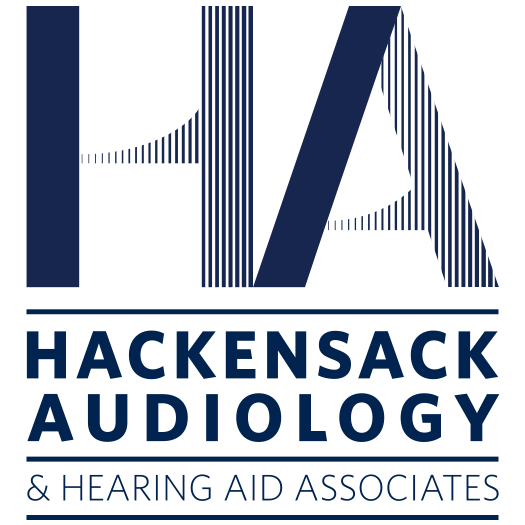What is FM?
FM stands for frequency modulation. The system is made up of a transmitter microphone, worn by the speaker, and the receiver, used by the listener. FM systems are used to transmit sound directly from the speaker to the listener’s ears, improving the signal-to-noise ratio (signal being the speaker’s voice and noise referring to the background/ambient noise in the listening environment).
FMs are most commonly used in school to assist individuals with hearing impairments or other processing deficits obtain a more reliable speech signal from the teacher/speaker. While school is a great location to utilize FM technology, there are other locations where a better signal-to-noise ratio is needed.
While school is thought of as the primary learning location, this may not always be the case. A great deal of learning and language development happens at home, in the car, on a walk, at the store, etc. The world is a loud place; even in a seemingly “quiet” environment, things such as fans, TV’s, radios, people talking, and road noise, to name a few examples, can begin to overpower the primary speech signal. For anyone with a hearing impairment, these everyday listening situations become a battle of inconsistent speech signal covered up by background noise.
FM is a great way to improve the auditory access to speech, especially in children who are developing language. A perfect example is in the car. Children in car seats are typically sit behind the speaker and usually face away from you; with road and traffic noise present, that speech signal is significantly reduced. Using an FM allows the driver to speak into the FM microphone and have the child hear them as if they were right next to them, giving the child more stimulation and access to speech. This constant stimulation can greatly improve speech and language development.
As kids get older and become more independent, safety becomes an issue. FM can be used at a park or when the kids are playing in the yard. If the child is running away from you, other kids are yelling and laughing, and the wind is blowing, there is a good chance they won’t hear you yelling, “Stop!” However, with an FM giving them direct access to your voice, you have now created a safer situation for the child.
These are just a few examples of FM use outside of the classroom. Giving constant auditory access to a child is critical for speech and language development. For older children and adults, FM becomes a tool to help prevent feelings of being left out on conversations and helping to improve ease of listening. Giving individuals with hearing impairment all the tools necessary for success and comfort is important for them to continue a productive and active social life. Get creative and find ways to help your loved ones with hearing impairments hear better!
Other uses for FM:
- When a child is in a stroller
- While using a wheelchair
- Loud restaurants
- Sporting events — for in the stands or for an individual playing
- Malls
- At the beach/park
- Playing catch
- In a meeting or lecture
- At the kitchen table


